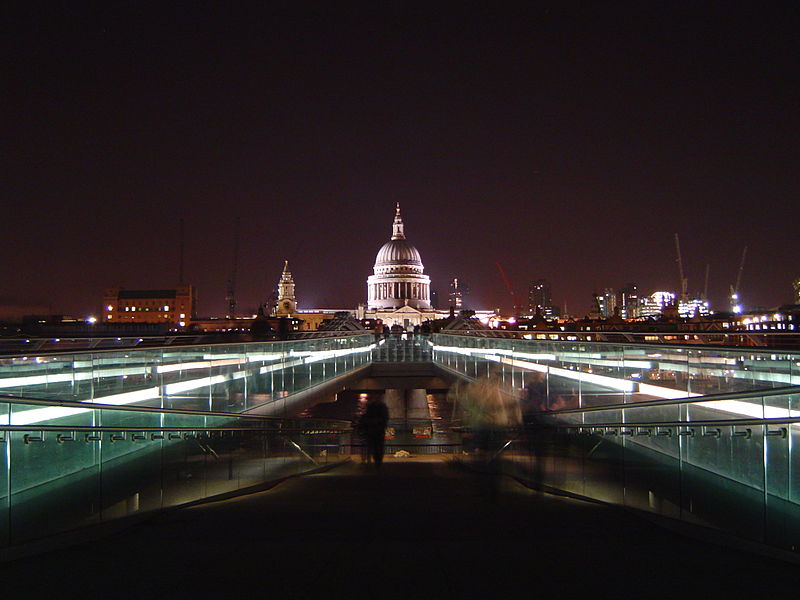The Thames is one of the most famous rivers in the world – so it stands to reason that London would be home to some of the world’s most famous bridges.
The structures connecting the two halves of the capital constitute the largest and most grandly impressive of London’s bridges, but the hundreds of miles of canal that wend their way through the city provide opportunities for engineering ingenuity too.
And keep an eye out for the oddball bridge that doesn’t cross water at all…
Millennium Bridge
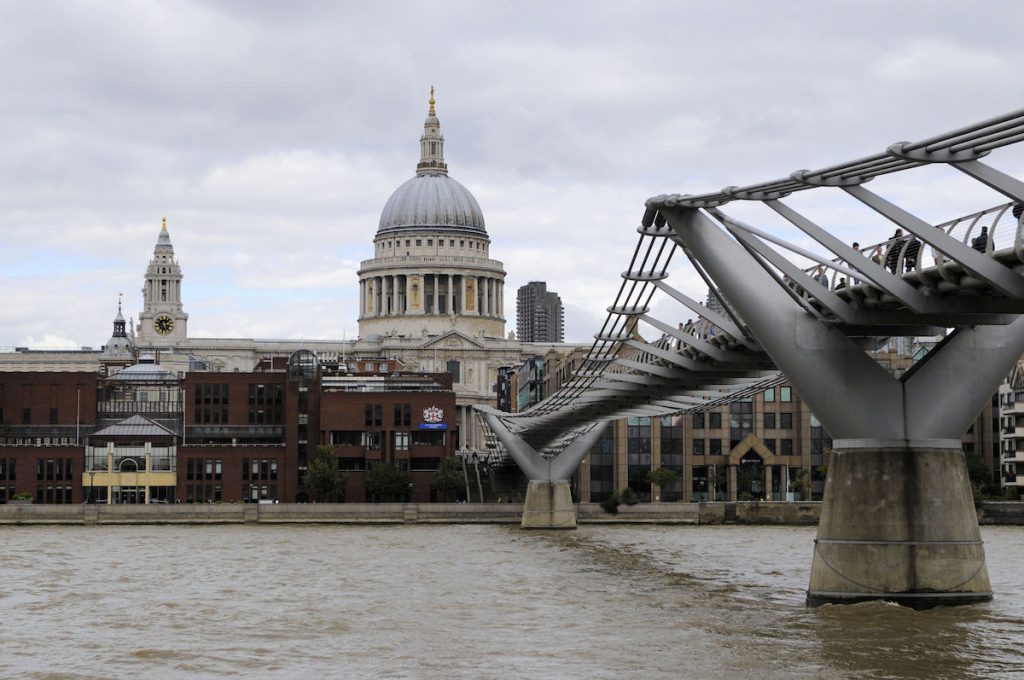
Linking St Paul’s Cathedral with the Tate Modern and Shakespeare’s Globe, this avant-garde design was the winning entry in a competition organised by Southwark Council in 1996. It had teething problems when it first opened in 2000, however, closing early on its inaugural day after reports of a swaying motion earned it the nickname ‘Wobbly Bridge’. Two years later the Millennium Bridge reopened with eight reinforced suspension cables pulling with a force of 2,000 tons against the piers; enough to support 5,000 pedestrians at a time. You may also have spotted it on the silver screen during its cameo in Harry Potter and the Half-Blood Prince.
The Rolling Bridge
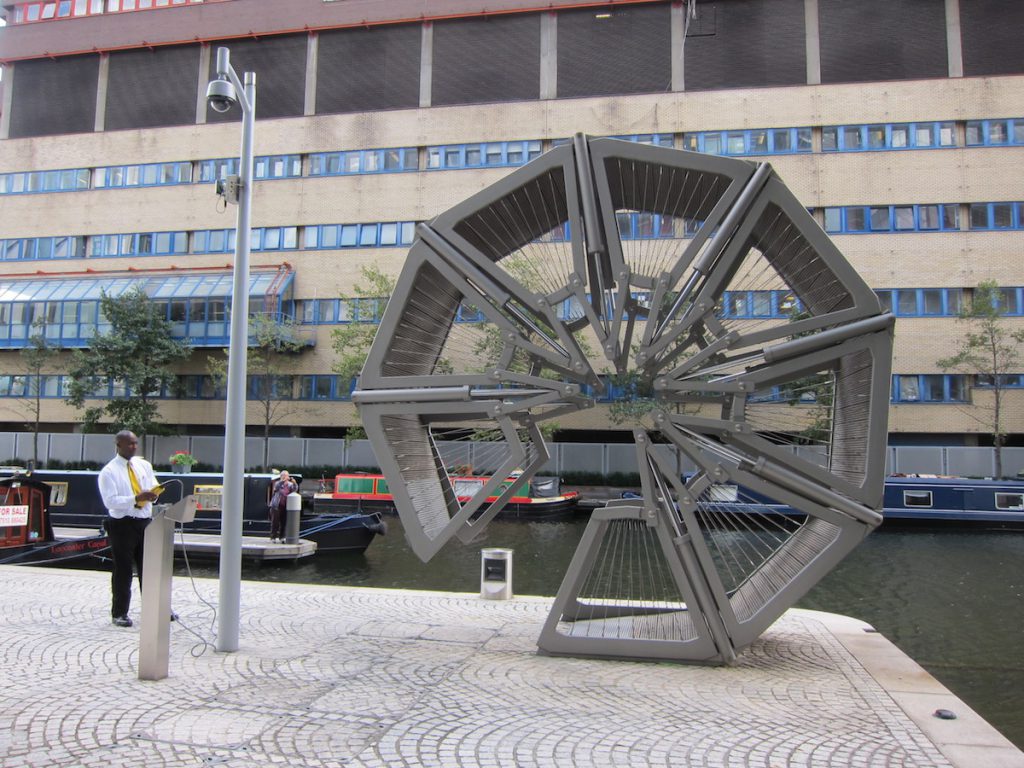
The Rolling Bridge at Paddington Basin is designed to curl and uncurl for pedestrians like a giant robotic tongue. The bridge is made up of eight triangular sections that extend to form a 12 metre-long steel and timber footbridge. Regimented operation times mean those keen to cross the bridge will have to show up at either midday on Wednesdays and Fridays, or 2pm on Saturdays – an easy enough trip for anyone who lives 6 minutes away in one of our Merchant Square properties.
Albert Bridge
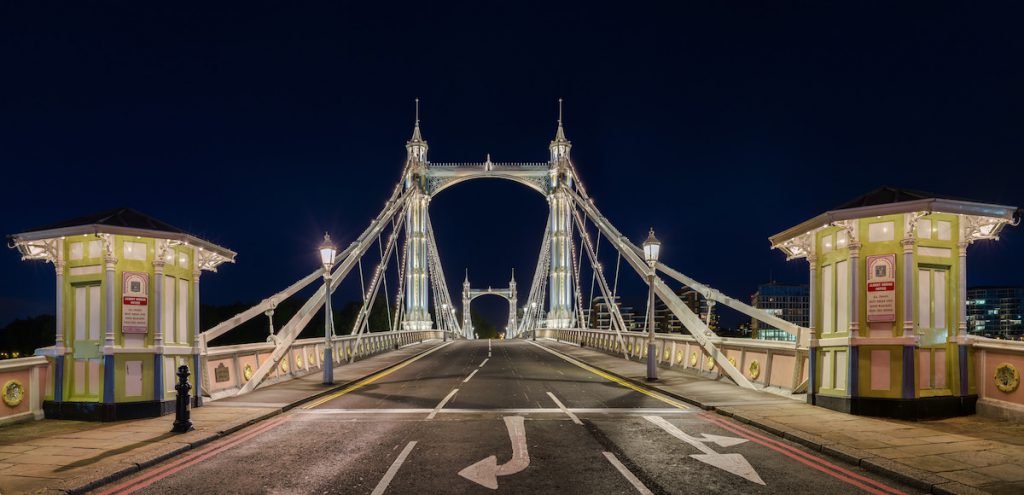
Arguably one of the most photogenic bridges the city has to offer, Albert Bridge has been the backdrop for many movie scenes. From the fantasy romance of Sliding Doors to the dystopian nightmare of A Clockwork Orange, the bridge has had its fair share of moments in the spotlight. A plan to knock down the bridge in the 1950s was scuppered by future Poet Laureate John Betjeman, who described it as “shining with electric lights, grey and airy against the London sky; it is one of the beauties of the London river.” In 1993, low-energy lighting was installed to preserve the bridge’s distinctive lustre in a more eco-friendly way.
Bridge of Aspiration
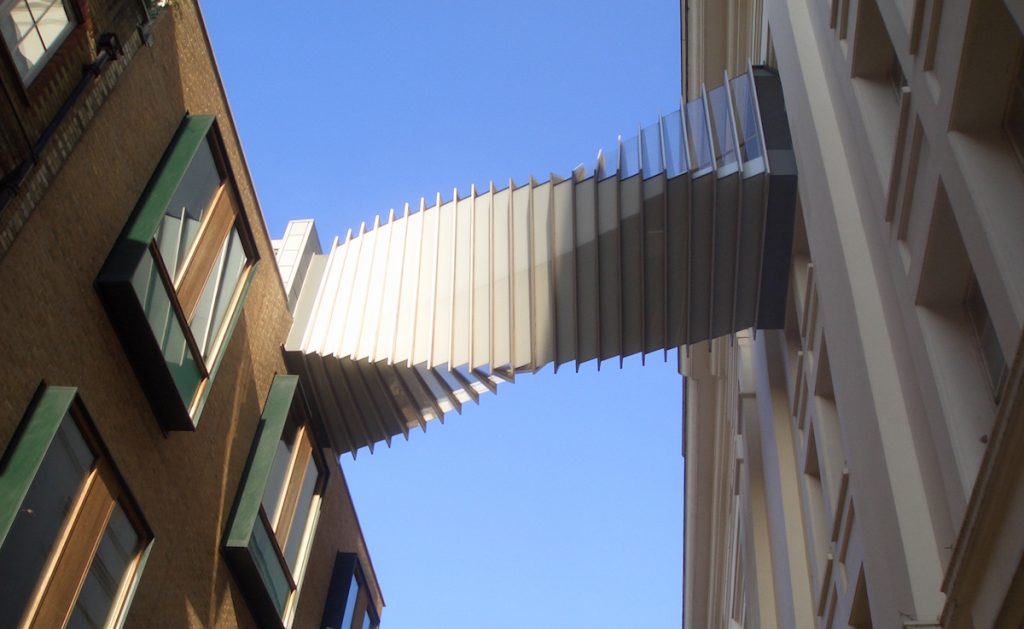
Easy to miss amid the lively milieu of Covent Garden, the Bridge of Aspiration twists high above Floral Street to provide a helical link for dancers to get from the Royal Ballet School to the Royal Opera House. Inspired by the shape of a concertina, this bridge evokes the fluidity of dance and is like nothing you will have seen before.
Hammersmith Bridge
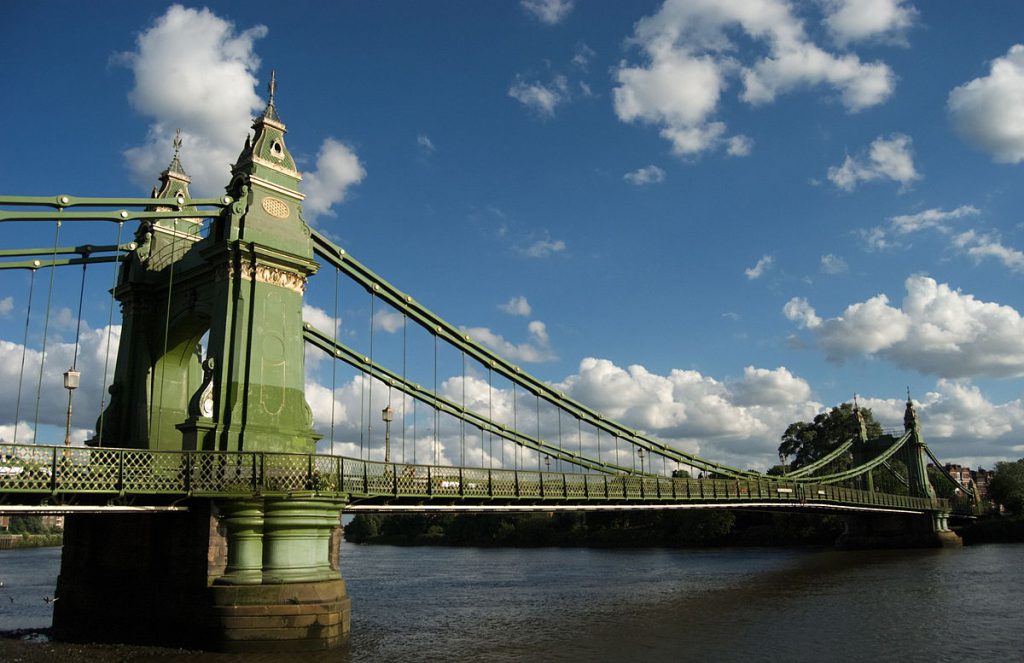
Visible from the windows and balconies of our Palace Wharf property, the Hammersmith Bridge was the first suspension bridge over the River Thames. Designed by William Tierney Clarke and opened in 1827, it has undergone several lengthy refurbishments over the years in order to deal with increasing traffic flow. The mint green and gold colour scheme imbues the bridge with a comforting sense of ever-so-slightly-faded grandeur, while the intricate latticework of its bannisters provides an unbeatable vantage point from which to see rowers passing underneath.
Tower Bridge
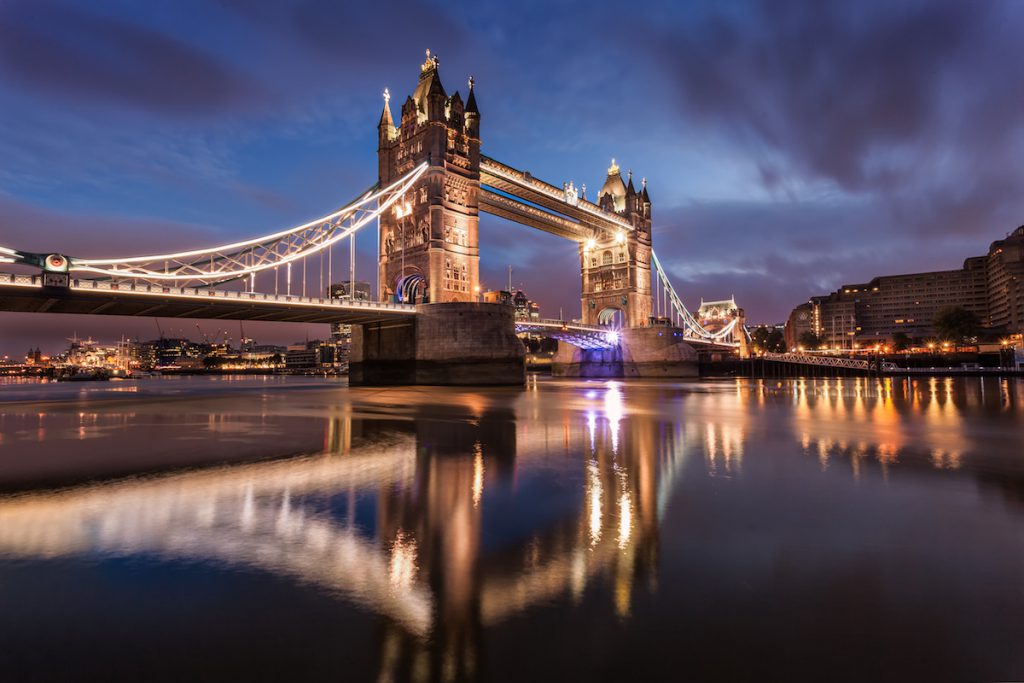
123 years old, Tower Bridge is one of the most iconic of all London landmarks, let alone bridges. A combined bascule and suspension bridge, it is famed for its fortress-worthy towers and a breathtaking hydraulic mechanism that splits and raises the bridge to allow large vessels to pass comfortably beneath. Over 50 designs of Tower Bridge were submitted before Sir Horace Jones’ ambitious proposal was approved. For those who can’t make it to the city, Tower Bridge has a live HD Webcam operating 24 hours a day that captures shots and time-lapses to admire from afar.
